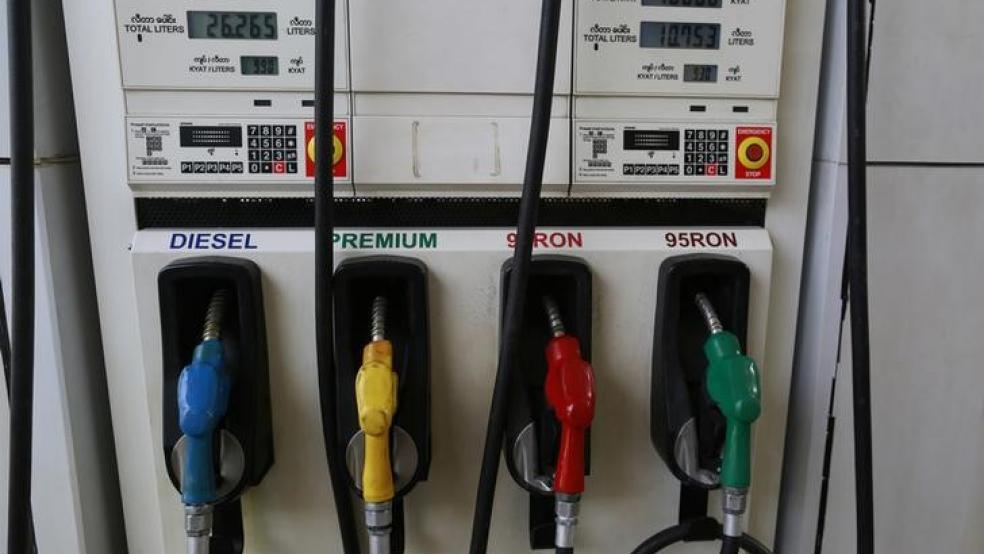Thanks to a global supply glut that has sent oil prices tumbling, average U.S. gasoline prices could drop to $2 a gallon by this weekend.
"We are looking at a likelihood of a $1.79 to $1.99 gallon winter bottom for unleaded regular. That is the launch pad from which we will take off in the late first or early second quarter," said Tom Kloza, co-founder and global head of energy analysis at the Oil Price Information Service.
Related: 17,000? 16,000? How Far Will the Dow Slide on Cheap Oil?
Although it is likely that U.S. oil prices are approaching their bottom, it may still take two to three weeks before consumers feel the full effect of declining prices. There is a correlation between oil and gas prices, but what consumers pay at the pump depends on refinery and distribution costs, federal taxes, corporate profits and their location. The cheapest gasoline is found in states with larger supplies of gasoline and lower state taxes such as South Carolina, Alabama and Arkansas.
U.S.-traded West Texas Intermediate crude oil was changing hands below $37 on Thursday.
"Regionally, the price of gasoline to the consumer includes the quality of gasoline they are buying and whether the total federal and state taxes go into that retail price," said Andrew Lipow, president of Lipow Oil Associates. "The high price markets are in California, Hawaii and Alaska. California gas prices are particularly high, because they have had refinery problems that restricted their supply over the past year."
Related: Here's Why Oil Prices Are at 7-Year Lows
In addition, the direction of oil price swings affects gasoline prices. One of the main reasons gas prices rise or fall is the fluctuation in the price of crude. U.S. refineries buy millions of barrels of oil every day, so even a minute change in price can make a difference in what they can charge consumers for gasoline.
"Gas prices drop because of the decline in wholesale prices. During the period from Thanksgiving to President's Day, there is a quicker reaction time to the drop in wholesale prices, because demand is poor. You might lose sales to someone who undercuts your price by a nickel," Kloza said. "In the spring and summer months, retailers are less likely to match declines in wholesale prices because they can keeping prices higher since more people are driving."
Kloza noted that a common misconception is that gas stations perform better when consumers pay more for gasoline.
"It's the exact opposite. There is an inverse relationship. When prices drop substantially, retail margins are actually improving. When prices spike higher on the wholesale market, it is more difficult for retailers to match them quickly," said Kloza.
Based on this logic, December is turning out to be a pretty good month for retailers and consumers.
This article originally appeared on CNBC. Read more from CNBC:
Middle Class Americans are No Longer the Majority




